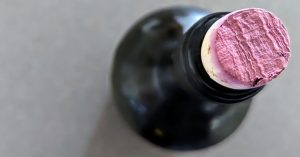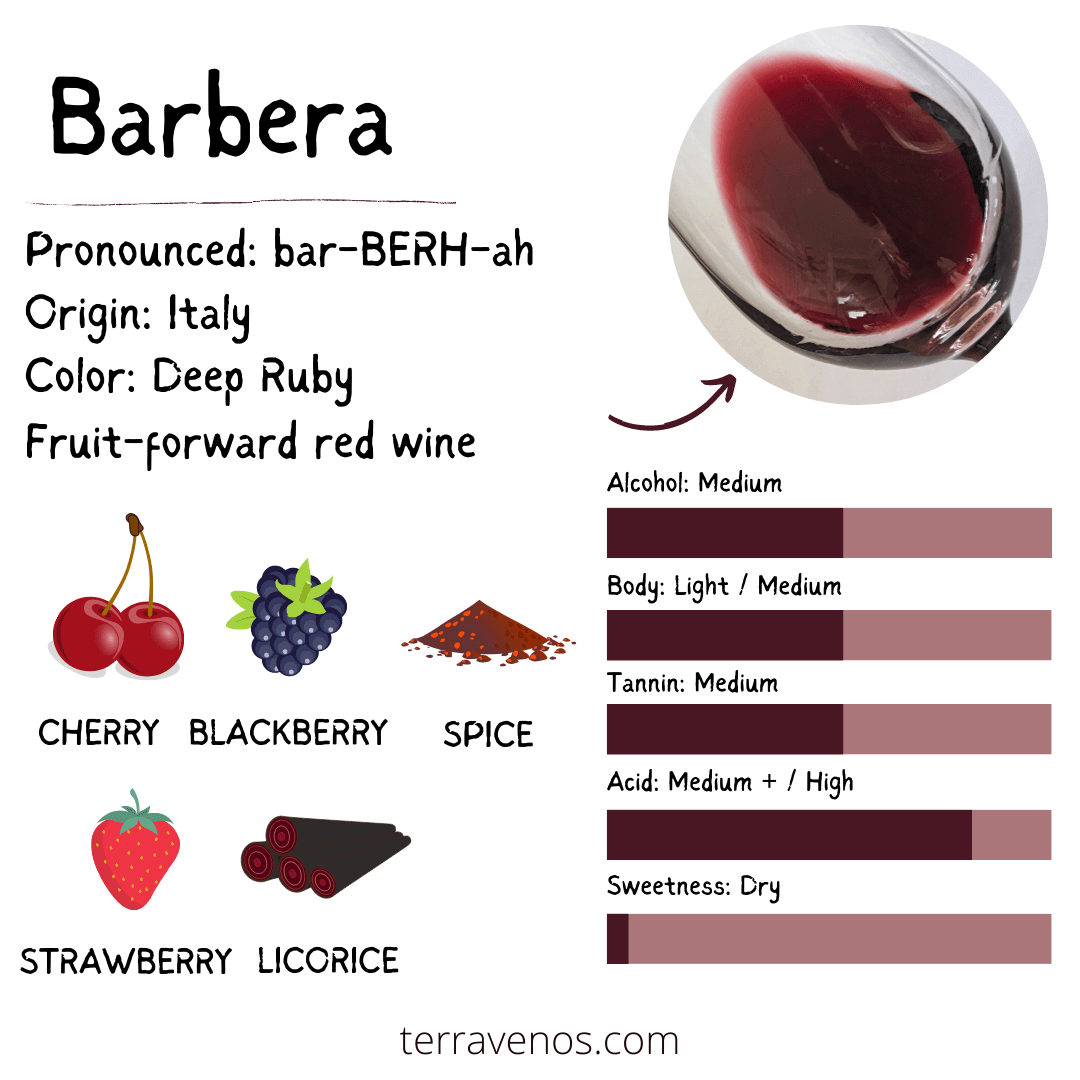
Pronunciation: bar-BEHR-uh
Barbera, a red wine varietal, finds itself at home in the vineyards of northwestern Italy. Whether you’re a wine enthusiast or a curious beginner, this comprehensive Baraber guide will introduce you to this delicious red wine.
- What Kind of Wine Is Barbera?
- Where Does Barbera Wine Come From?
- What Does Barbera Smell Like?
- What Does Barbera Taste Like?
- How to Serve Barbera Wine
- Barbera Synonyms
- Barbera Food Pairing Suggestions
- Barbera vs. Other Varietals
- Barbera in the Vineyard
- Notable Barbera Producers and Bottles to Try
- Emerging Trends and Innovations
- Final Thoughts – Barbera Is a Wine for the People
What Kind of Wine Is Barbera?
Barbera is a medium-bodied red wine with medium to high acidity, moderate tannins, and medium alcohol content. It possesses a style that often falls between lighter reds like Pinot Noir and fuller-bodied reds like Cabernet Sauvignon.
Where Does Barbera Wine Come From?
Barbera, a grape variety originating from Italy, holds a deep connection to the country’s winemaking traditions. It is predominantly grown in the regions of Piedmont and Lombardy, where it takes center stage in winemaking.
Barbera in Piedmont
In Piedmont, Barbera is one of the most widely planted grape varieties, alongside Nebbiolo. It is renowned for its versatility and ability to produce wines with excellent acidity and vibrant fruit flavors. The regions of Asti and Alba showcase exceptional examples of Barbera wines.
Barbera in Lombardy
Lombardy, another prominent region for Barbera production, offers distinct expressions of the varietal. In areas like Oltrepò Pavese and Garda, Barbera displays its character with elegance and finesse, resulting in wines that captivate the palate.
Helpful Wine Buying Tip: Barbera is the most widely planted grape variety in Piedmont and is often used to produce Barbera d’Asti and Barbera d’Alba wines, among others. These wines can carry the DOC or DOCG designation. Here’s what Italian wine classifications mean.
Other Notable Barbera Growing Regions
Beyond Italy, Barbera has gained recognition in other wine regions as well. In California, wines labeled as Barbera often exhibit the varietal’s characteristic fruit-forwardness and bright acidity. Barbera is also making its mark in Australia, Argentina, and Uruguay, where winemakers are exploring its potential and crafting exciting expressions.
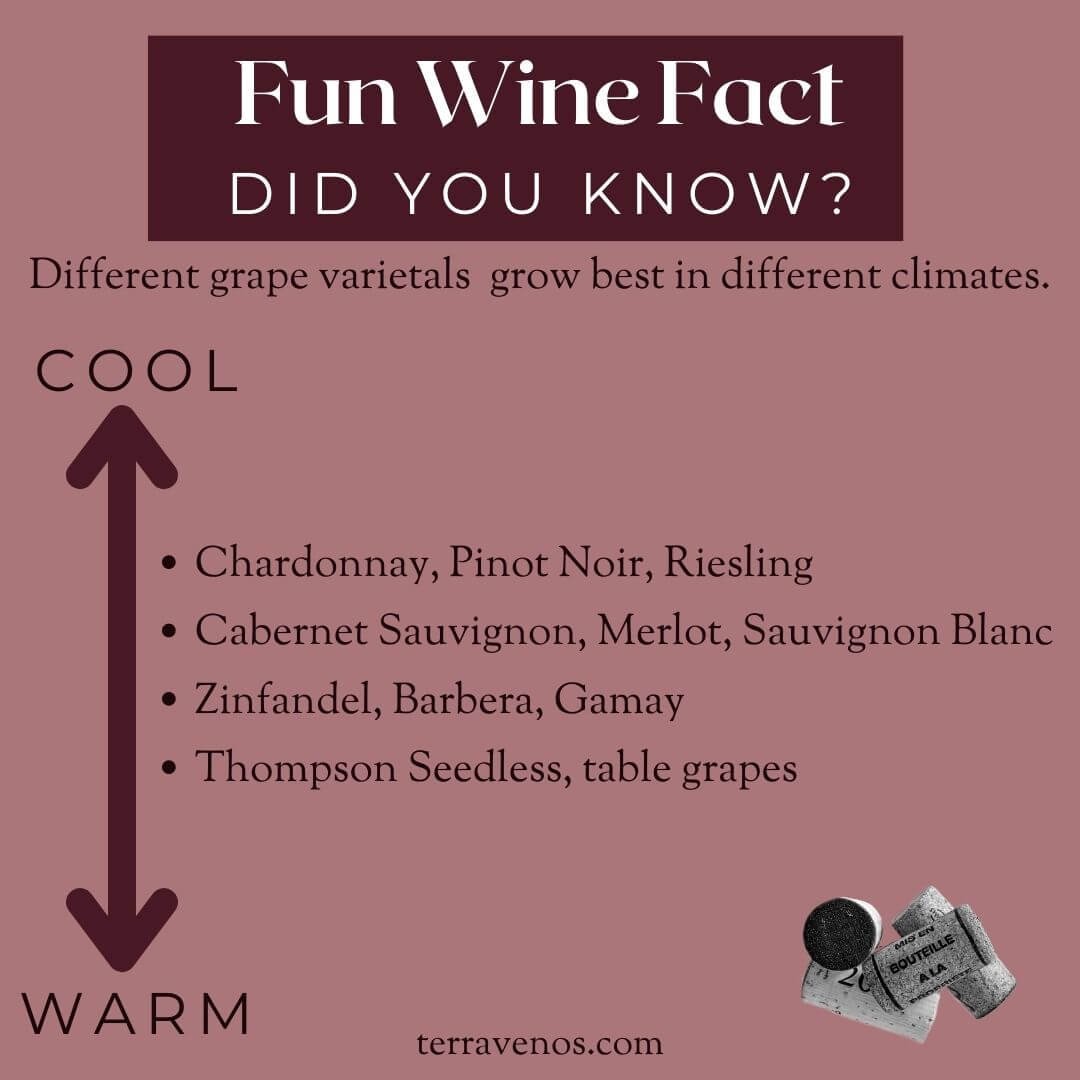
What Does Barbera Smell Like?
Barbera exhibits an aroma profile distinctive to the varietal. It offers an array of red fruit aromas, including cherries, raspberries, and blackberries. Additionally, you may find subtle hints of herbs and spices, such as thyme and black pepper.
Fun Wine Fact: Did you know that Barbera is often referred to as the “people’s wine” in Italy due to its approachable nature and widespread popularity among locals?
What Does Barbera Taste Like?
Barbera’s flavor profile showcases a combination of fruitiness, acidity, and earthy undertones. The wine offers vibrant red fruit flavors, ranging from juicy cherries to plump raspberries.
Barbera’s bright acidity adds freshness and liveliness to the palate.
While Barbera does have tannins, they are typically softer and more approachable than those found in bolder red wines, and much more approachable than its neighbor, Nebbiolo.
Helpful Tip: Check out this 30-second tasting tip on how to taste wine tannins.
I personally find Barbera to have a charming and accessible character, making it a delightful choice for both everyday enjoyment and casual weekday dinners.
Is Barbera a Heavy Wine?
Barbera can vary in body, but most Barbera wines fall into the medium-bodied category. That said, it’s worth noting that certain Barbera wines with higher alcohol content can exhibit a fuller-bodied profile.
How to Serve Barbera Wine
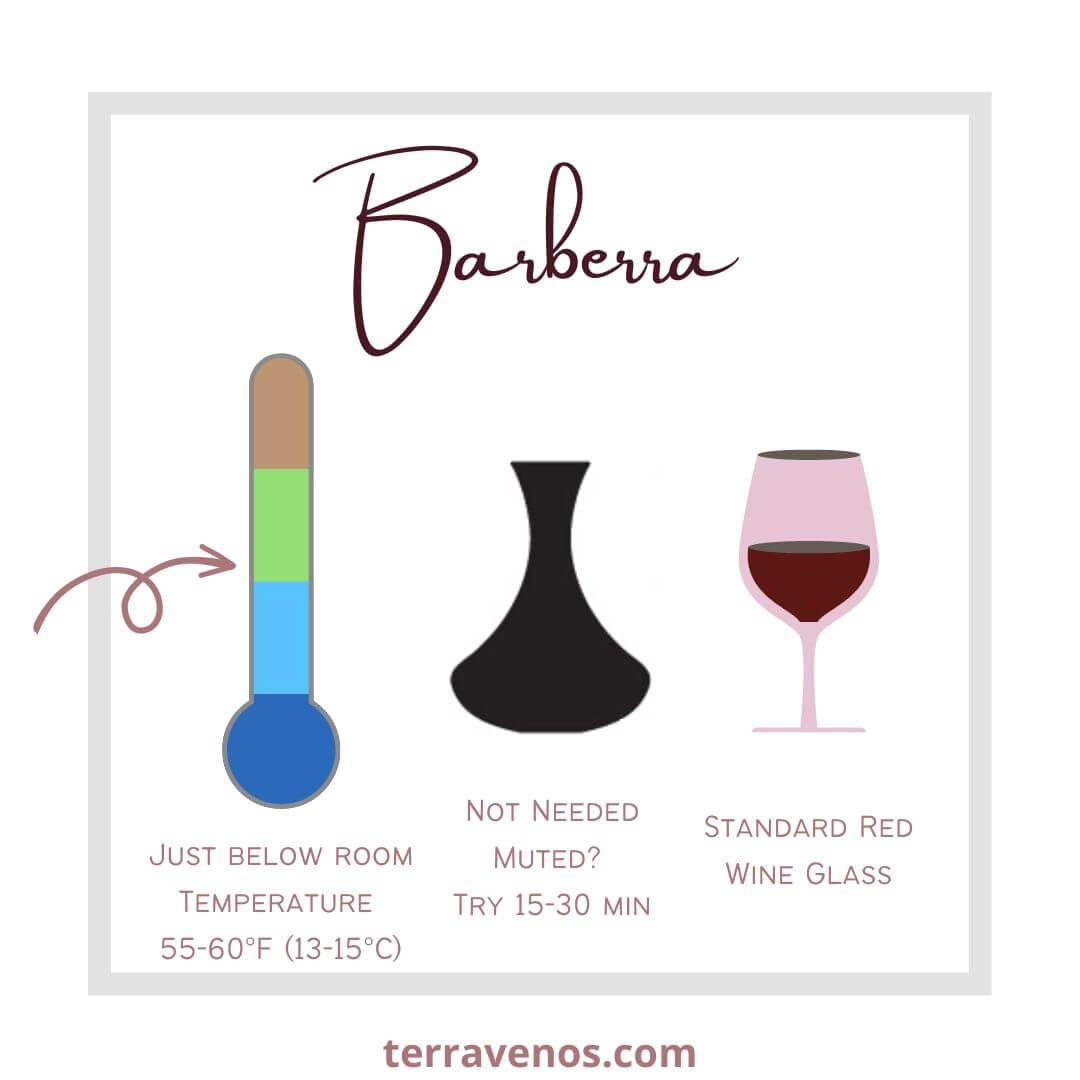
Temperature
Serve Barbera slightly below room temperature, around 55-60°F (13-15°C). This allows the wine to express its aromas while maintaining a refreshing coolness.
Glassware
Opt for a standard red wine glass with a slightly tapered rim and a bowl that allows for aeration. This type of glass enhances the aromas and directs them towards your nose, enriching your tasting experience.
Decanting
Barbera generally does not require extensive decanting. However, if you have a more complex or structured Barbera, allowing it to breathe for 15-30 minutes can help if you feel that the wines is closed and muted.
Aging Potential
Most Barbera’s are intended to be enjoyed young and are ready to drink when released. Certain high-quality Barbera wines can benefit from short to medium-term aging, typically between 3-7 years. Aging adds depth and complexity to the wine, allowing it to develop richer flavors over time.
Barbera Synonyms
Barbera goes by various names in different regions and countries. Some of its synonyms include Barbera d’Asti, Barbera d’Alba, Barbera del Monferrato, Barbera di Asti, Barbera di Monferrato, and Barbera Piemontese.
Barbera Food Pairing Suggestions
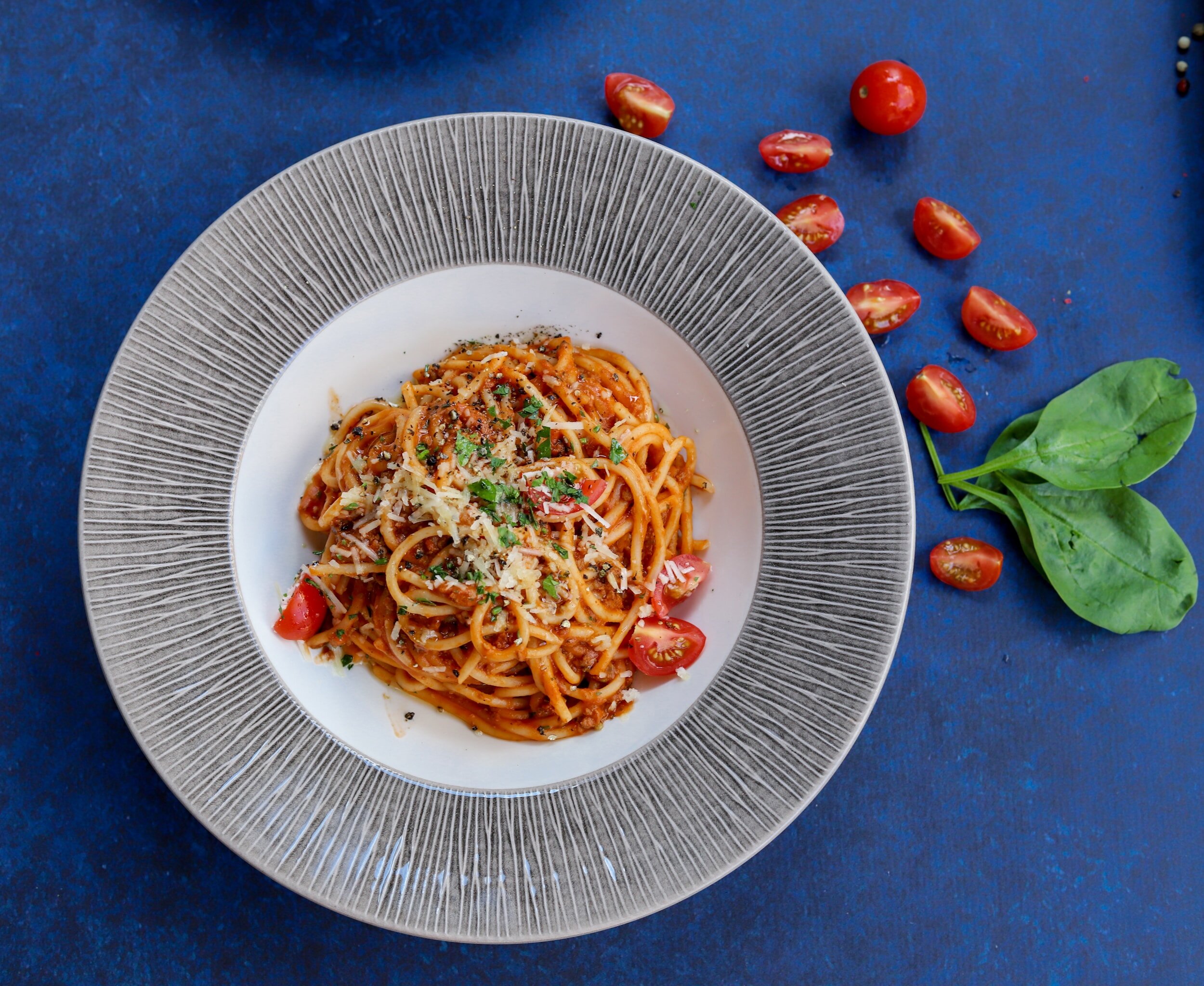
Barbera’s versatility makes it a fantastic companion for a wide range of dishes. Its lively acidity and fruit-forwardness allow for delightful food pairings. Consider the following suggestions.
Quick Tips: Barbera Food Pairing
- Grilled steak with an herb-infused marinade
- Tomato-based pasta dishes like spaghetti Bolognese
- Mushroom risotto with Parmesan cheese
Barbera vs. Other Varietals

While Barbera shares certain characteristics with other red varietals, it possesses its own unique personality. Compared to its more renowned relative, Nebbiolo, Barbera offers a more approachable and fruit-forward profile. Its distinctive combination of bright acidity and rich fruit flavors sets it apart from varietals like Sangiovese or Merlot.
Check out this side-by-side comparison of Barbera vs Sangiovese vs Nebbiolo:
| Barbera | Sangiovese | Nebbiolo | |
|---|---|---|---|
| Acidity | High acidity | Moderate to high acidity | Moderate to high acidity |
| Tannins | Soft to moderate tannins | Moderate to high tannins | High tannins |
| Fruit Profile | Ripe red berries | Tart cherry, red and black fruits | Red fruits, tar, roses |
| Structure | Approachable and fruit-forward | Structured and sometimes earthy | Structured and complex |
| Aging Potential | Generally consumed young | Can benefit from aging | Requires aging for complexity |
| Food Pairing | Pasta dishes, roasted meats, aged cheeses | Tomato-based dishes, grilled meats, aged cheeses | Game meats, aged cheeses |
| Notable Regions | Piedmont, Italy | Tuscany, Italy | Piedmont, Italy |
| Famous Wines | Barbera d’Asti, Barbera d’Alba | Chianti, Brunello di Montalcino | Barolo, Barbaresco |
| Alcohol Range | 13% – 15% ABV | 12% – 15% ABV | 13% – 15% ABV |
| Availability | Widely available | Widely available | Moderate to limited availability |
| Price Point | Affordable to moderate | Affordable to moderate | Moderate to high |
Here’s a full guide on Sangiovese and one on Nebbiolo.
Discover More: Nebbiolo vs Barbera
Barbera in the Vineyard
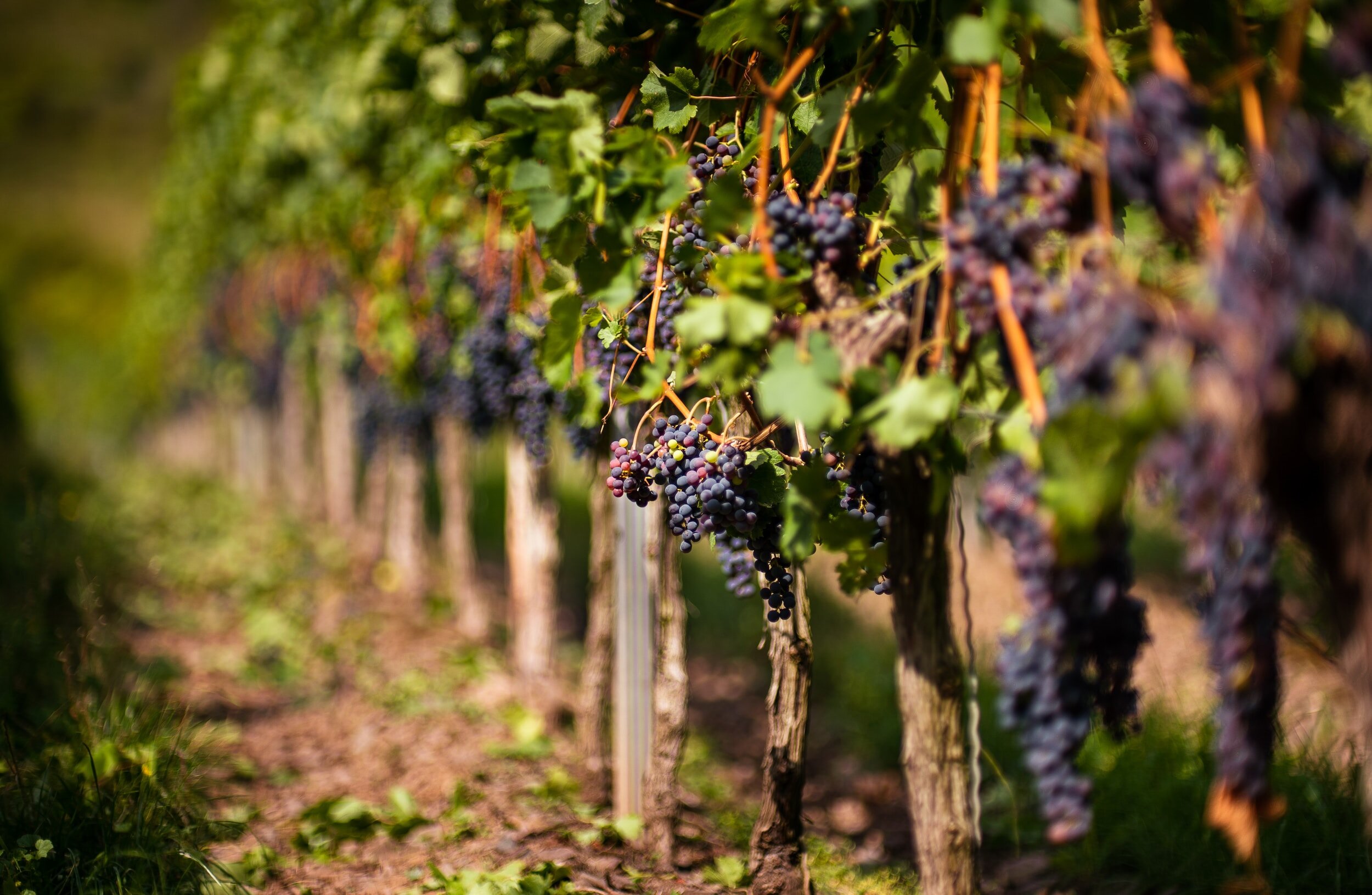
Barbera is a vigorous vine that can produce high yields if not managed properly. While excessive yields can affect the fruit quality, Barbera’s natural acidity and sharpness are its distinguishing characteristics.
In Piedmont, Italy, Barbera is valued for its ability to ripen earlier than Nebbiolo, allowing winemakers to dedicate their best vineyard sites to Nebbiolo while still producing quality wine with Barbera that could be enjoyed earlier.
Harvest typically occurs in late September to early October, following the picking of Dolcetto grapes.
Some winemakers are experimenting with later harvests to create more fruit-forward wines.
Barbera adapts well to various soil types, with calcareous and clay loam soils being particularly favorable. Different clones of Barbera exist, with smaller cluster clones often associated with higher quality wine. Efforts are underway to enhance Barbera’s resistance to diseases like leafroll virus through clonal selection.
Fun Wine Fact: Documents identify Barbera dating back to the 1200s in Italy, and it boasts a range of synonyms that vary across different regions and countries.
Notable Barbera Producers and Bottles to Try
When exploring Barbera, it’s worth seeking out producers who specialize in crafting exceptional Barbera wines. Keep an eye out for wineries renowned for their dedication to this varietal. Some notable Barbera producers include:
Pio Cesare (Piedmont, Italy)
Vietti (Piedmont, Italy)
Coppo (Piedmont, Italy)
These wineries offer a diverse selection of Barbera wines, each showcasing the unique qualities and expressions of the varietal.
Fun Fact: Coppo’s wine cellars are a Unesco World Heritage site. Check out this amazing video:

Emerging Trends and Innovations
In recent years, winemakers working with Barbera have been exploring new techniques to enhance the wine’s qualities.
One common approach involves blending Barbera with other grape varieties to soften its high acidity and moderate astringency, resulting in a more balanced wine.
Additionally, in the 1970s, an enologist named Emile Peynaud recommended using small oak barrels during fermentation and maturation to add subtle oak spice flavors and oxygenation, which helps soften the wine and minimize off-odors. This technique gained popularity as winemakers saw success in producing “Super Tuscans” with Sangiovese, prompting many producers to reconsider traditional methods. Oak barrels also contribute wood tannins that provide structure without excessive bitterness.
Helpful Tip: Here’s what you need to know about how oak influences wine.
Alongside these practices, lower yields and harvesting riper grapes with more fruit and sugar have been found to create a better harmony with Barbera’s high acidity. These innovative approaches are shaping the future of Barbera wine production.
Fun Wine Fact: Barbera is the 3rd most widely planted red grape in Italy after Sangiovese and Montepulciano.
Final Thoughts – Barbera Is a Wine for the People
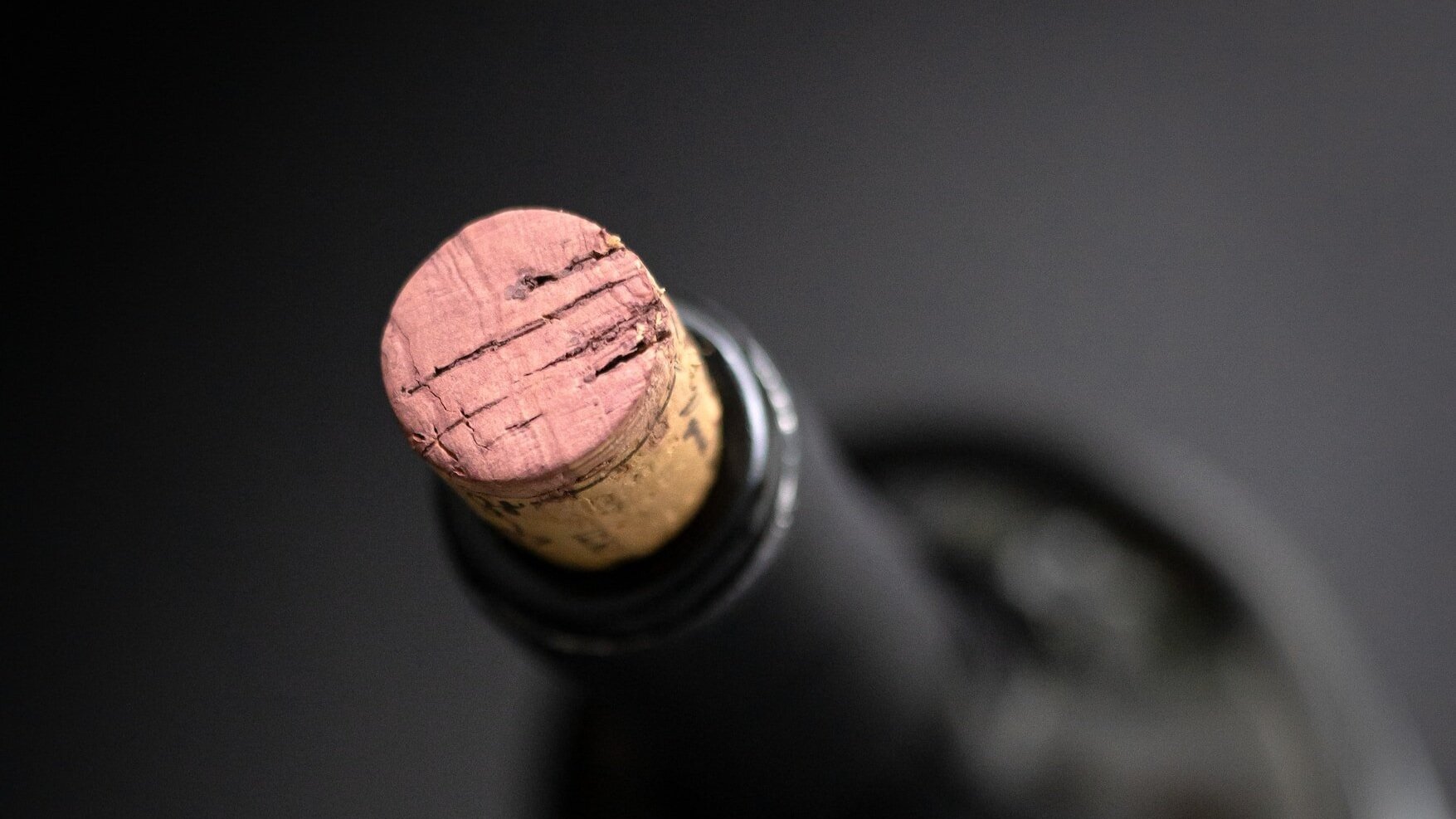
With its vibrant fruit flavors, lively acidity, and food-friendly nature, Barbera is a red wine varietal that deserves recognition. Here are three key takeaways to remember:
- Distinctive Flavor Profile: Barbera offers a burst of ripe red fruit flavors, accompanied by a pleasant acidity.
- Food-Friendly: Barbera’s versatility shines when paired with a range of dishes. Its acidity and fruit-forward character complement grilled meats, tomato-based pasta dishes, and savory risottos.
- Regional Diversity and Potential: Barbera showcases regional diversity, with different expressions across Piedmont and beyond. While it is often enjoyed young and fresh, some high-quality Barbera wines can develop further complexity and depth with short to medium-term aging.
Barbera is a must-try red wine. It offers unique qualities that appeal to both wine enthusiasts and beginners.
Thirsty for More?
Just getting into wine? Go explore these classic wine regions and their signature wine styles.
I’ve put together this list of foods that work with your next red wine tasting. Check it out if you’re hosting.
Here’s a post that explores other light red wines similar to Pinot Noir.
Check out my frugal wine lover’s guide to saving money on wine.
Some money saving tips I’ve included above, but here are more tips to save money when you go out wine tasting.


